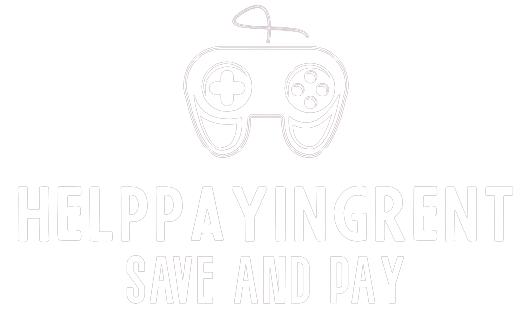
How to Improve Website Loading Speed for Better User Experience?
A sluggish website can lead to frustration and, ultimately, a high bounce rate. To ensure your website delivers a seamless and enjoyable experience, it’s crucial to optimize its loading speed. Here are some effective strategies to enhance your Web Design and Development and create a better user experience.
· Optimize Images and Multimedia:
Large image files and multimedia elements can significantly slow down a website. Compress images without compromising quality using tools. Additionally, leverage lazy loading for images and videos, allowing them to load only when they come into the user’s viewport of Web Design and Development
· Minimize HTTP Requests:
Each element on a webpage, such as images, stylesheets, and scripts, requires an HTTP request. Minimize the number of these requests by reducing the elements on your pages. Combine multiple style sheets into one, and do the same for scripts. This reduces latency and accelerates loading times.
· Enable Browser Caching:
Browser caching allows a user’s browser to store static files locally, reducing the need to download them each time they visit your site. Configure your server to set appropriate expiration dates for different types of files to ensure that returning visitors experience faster load times.
· Utilize Content Delivery Networks (CDNs):
CDNs distribute your website’s static content across multiple servers globally, delivering it from the server nearest to the user. This reduces latency and speeds up loading times.
· Optimize Code:
Clean and efficient code is essential for a fast-loading website. Remove unnecessary spaces, comments, and code that serve no purpose. Minify CSS, HTML, and JavaScript files to reduce their size.

· Upgrade Hosting Plan:
Your hosting plan plays a significant role in website speed. If you’re experiencing slow loading times, consider upgrading to a better hosting plan, especially if you’re on shared hosting. Dedicated and VPS hosting options often provide more resources and better performance.
· Implement Gzip Compression:
Gzip compression reduces the size of your files, allowing them to be transferred to the user’s browser more quickly. Most modern web servers and browsers support Gzip compression, and enabling it can significantly improve loading times.
· Prioritize Above-the-Fold Content:
Load critical content first to ensure that users see the most important parts of your page without waiting for the entire page to load. This can be achieved by optimizing the order in which resources are loaded and utilizing techniques like asynchronous loading for non-essential scripts.
By implementing these strategies, you can enhance your website’s loading speed and provide a better user experience. Regularly monitor and test your website’s performance to identify any bottlenecks and ensure ongoing optimization for optimal user satisfaction.


